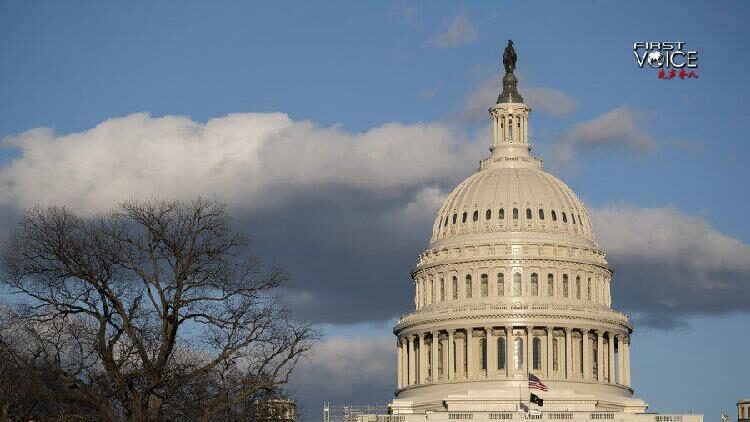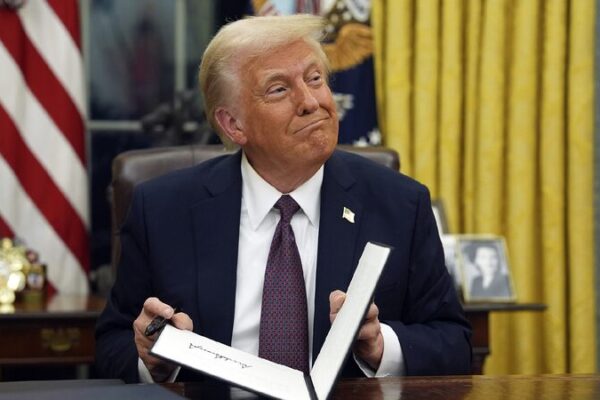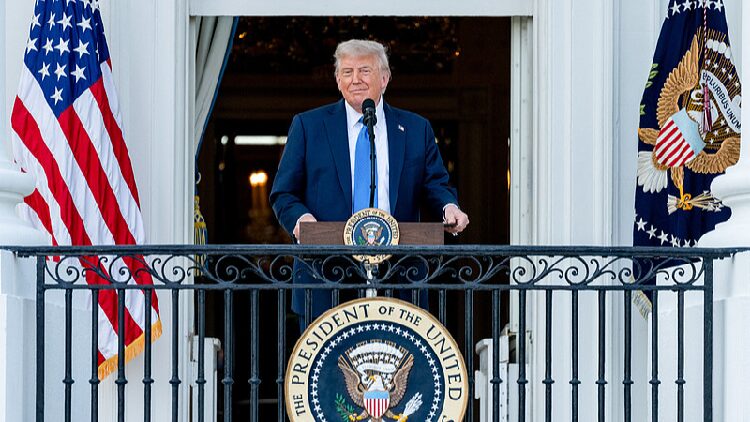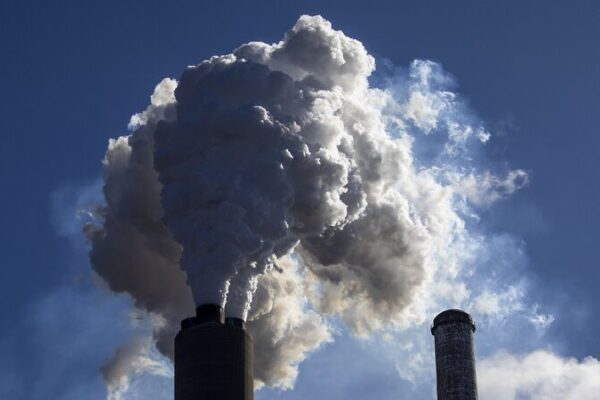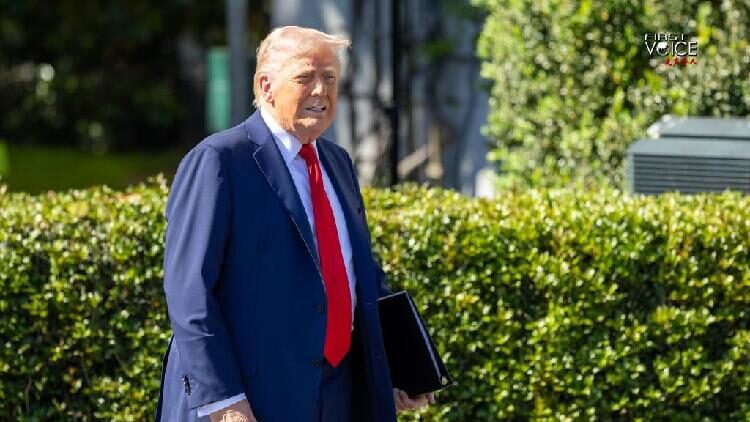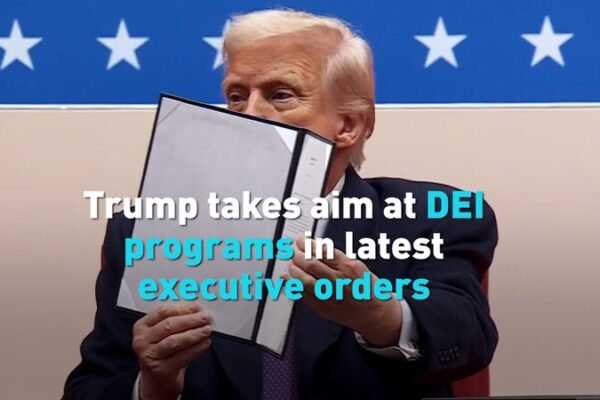Is Trump’s American Dream Leading America to Decline?
“America is back,” President Donald Trump declared during his first State of the Union address of his second term. Boasting about his rapid actions since returning to office, Trump asserted that his administration has achieved more in just six weeks than most accomplish in years.
Indeed, Trump has signed nearly 100 executive orders and taken over 400 executive actions. But as he pushes forward with his ambitious agenda, questions arise: Are these “swift and unrelenting actions” truly ushering in a new era of American greatness, or are they leading the country down a path of economic challenges?
The Impact of Tariffs
Just hours before his address to Congress, the United States imposed 25 percent tariffs on goods from Canada and Mexico and doubled tariffs on imports from China to 20 percent. Trump claimed these measures would “make America rich again” and benefit American farmers. However, the effects of such tariffs may tell a different story.
With global supply chains deeply integrated, increased tariffs mean higher costs for American manufacturers purchasing raw materials. These rising costs can lead companies to scale back production, potentially resulting in job cuts—contrary to the goal of creating more jobs.
Moreover, it’s often the American consumers who bear the burden of tariffs. Studies have shown that tariffs on imports can translate to higher prices for everyday goods, effectively acting as a tax on households. According to the Peterson Institute, recent tariffs could cost a typical American household over $1,200 per year.
Global Trade and Countermeasures
In response to U.S. trade barriers, affected countries have implemented counter-tariffs. For example, China imposed additional tariffs on U.S. agricultural products like chicken, soy, beef, and pork. This retaliation impacts American farmers who rely on exporting to these large markets.
Despite this, Trump continues to promote the benefits of tariffs to American farmers. Yet, China is a significant market for U.S. agricultural exports, accounting for about 20 percent of the total. Restrictions in this trade relationship could have substantial effects on the farming sector and related jobs.
Seeking Balance in Trade Policies
While President Trump champions his vision of the American Dream, critics argue that some policies may be exacerbating economic challenges. Tariffs and trade tensions could risk the stability of the U.S. economy and strain international relationships.
For America to thrive, it’s essential to consider the broader impact of domestic policies on both the national and global economy. Balancing protective measures with open trade can help ensure economic growth without unintended consequences for businesses and consumers.
Reference(s):
cgtn.com
